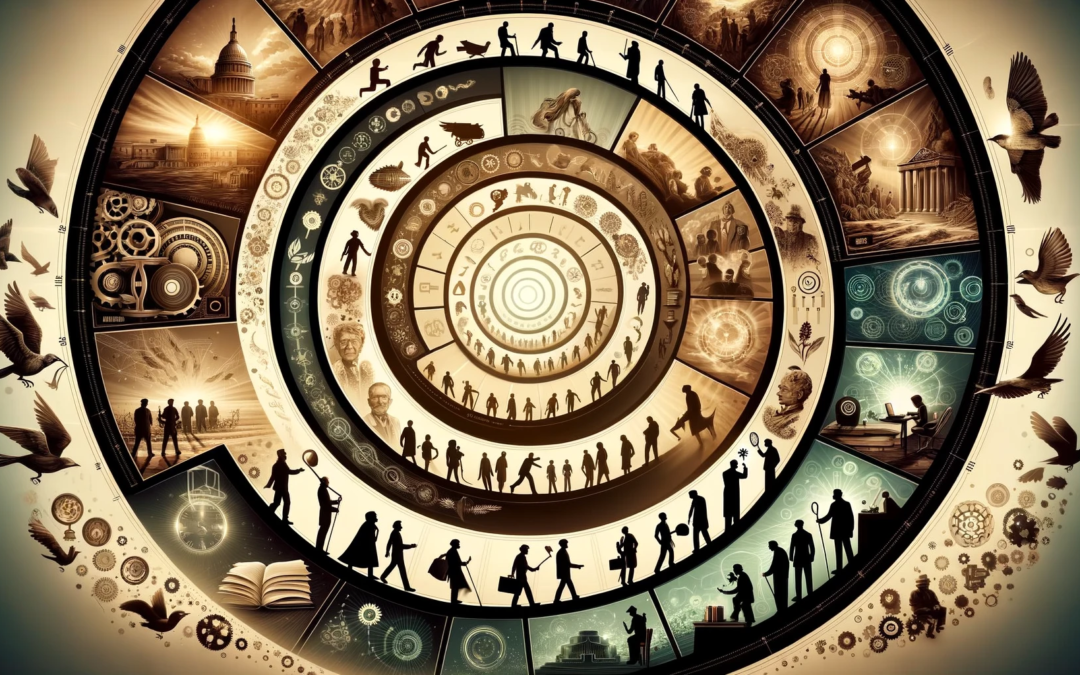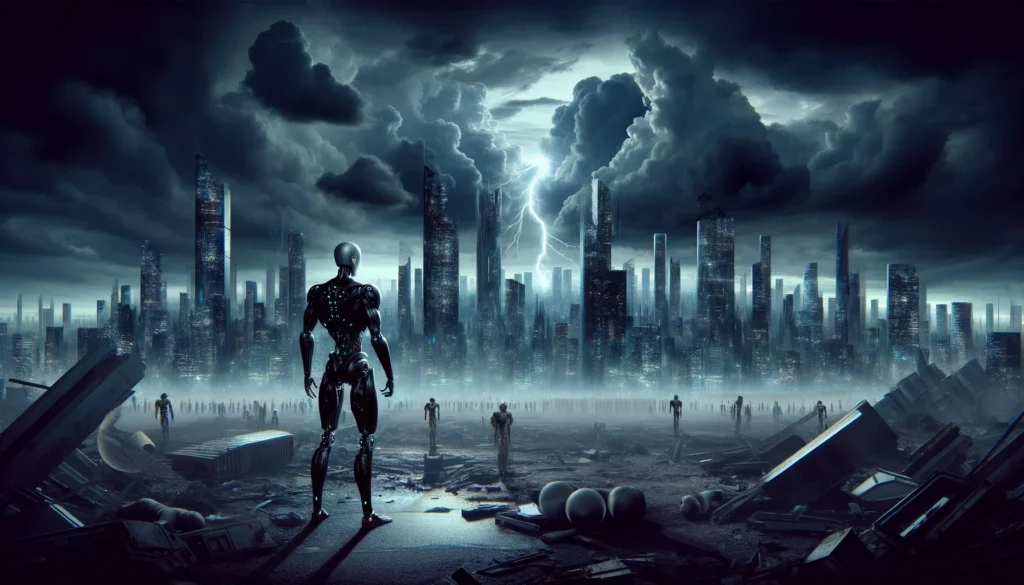In today’s rapidly evolving world, understanding societal trends and cycles is more crucial than ever.
One theory that has gained significant traction in this realm is The Fourth Turning, a concept introduced by William Strauss and Neil Howe. This theory proposes that history is cyclical, comprising four distinct phases or ‘turnings.’ Each turning, lasting about 20 years, brings its own set of societal moods, behaviors, and events. This introductory section will provide an overview of The Fourth Turning theory, setting the stage for a deeper dive into its components.
Understanding the Four Turnings
The core of Strauss and Howe’s theory lies in the four sequential turnings, each representing a distinct phase in a society’s lifecycle: High, Awakening, Unraveling, and Crisis. The ‘High’ phase is characterized by societal rebuilding and strong institutions. The ‘Awakening’ phase brings a spiritual revival and a challenge to the existing order. This is followed by the ‘Unraveling’ phase, where institutions are weakened, and individualism rises. Finally, the ‘Crisis’ phase is marked by major upheavals and a redefinition of social structures. This section will explore each turning in detail, offering insights into their defining characteristics.
Historical Context and Examples
To understand the practical implications of The Fourth Turning theory, it’s essential to examine historical cycles. This part of the article will provide examples from history that align with each of the four turnings. For instance, the post-World War II era can be seen as a ‘High,’ while the 1960s and 1970s, with their cultural and political upheavals, represent an ‘Awakening.’ The ‘Unraveling’ can be observed in the late 20th century, characterized by increasing cynicism and erosion of public trust. This section will draw parallels between past events and the theoretical framework, illustrating how societal trends have tended to repeat themselves.
The Current Phase: Are We in the Fourth Turning?
A crucial question that arises is whether our current era represents the ‘Crisis’ phase of The Fourth Turning. This section will delve into the arguments and evidence supporting this idea. It will analyze contemporary societal, political, and economic events through the lens of Strauss and Howe’s theory. By comparing current global challenges, such as political polarization, economic upheavals, and social unrest, with the characteristics of a typical Fourth Turning, the article will offer a perspective on where we might stand in this cyclical process.
Conclusion
In conclusion, The Fourth Turning offers a compelling framework for understanding societal changes and cycles. While it’s not without its critics, the theory provides a valuable lens through which we can view historical patterns and current events. Whether we are indeed in the midst of a Fourth Turning is a matter of interpretation, but the theory undoubtedly opens up a fascinating dialogue about the nature of societal change and the possible future that awaits us. As we navigate these turbulent times, understanding the underlying cycles of history could be key to preparing for what comes next.










